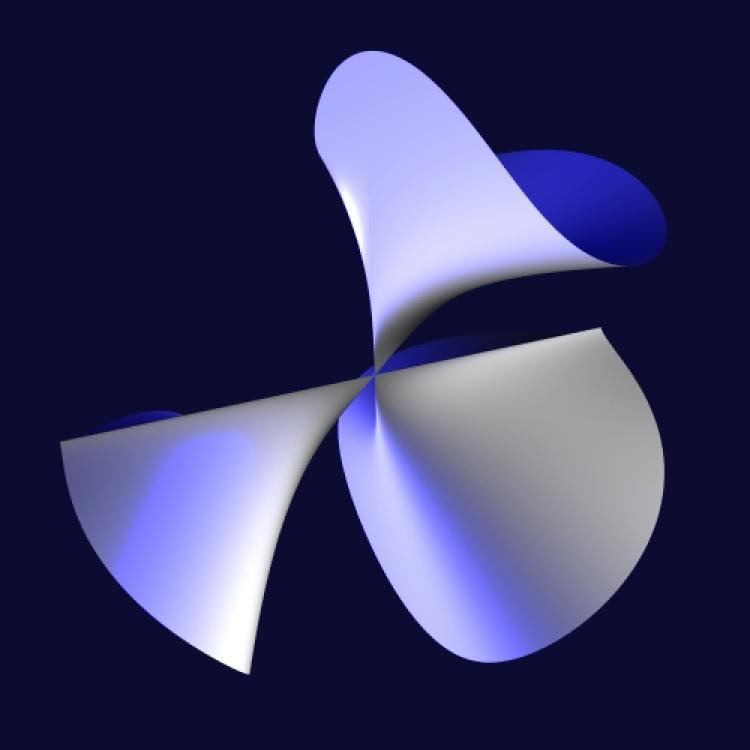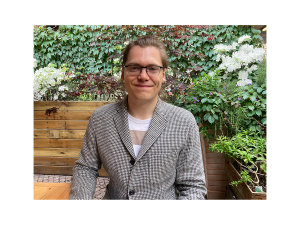
Dr. Ilya Smirnov has obtained one of the Knowledge Generation Projects 2021 from the State Research Agency
 Dr. Ilya Smirnov is a Ramón y Cajal and Ikerbasque Fellow at the Basque Center for Applied Mathematics – BCAM, at the Singularity Theory and Algebraic Geometry (STAG) research line with Prof. Javier Fernández de Bobadilla, group leader. Smirnov completed his Ph.D. in 2015 from the University of Virginia (USA) and joined BCAM in 2021 as a La Caixa Junior Leader. His previous career has been between different researcher and postdoctoral positions at KTH Royal Institute of Technology (Sweden), Stockholm University (Sweden), and the University of Michigan (USA).
Dr. Ilya Smirnov is a Ramón y Cajal and Ikerbasque Fellow at the Basque Center for Applied Mathematics – BCAM, at the Singularity Theory and Algebraic Geometry (STAG) research line with Prof. Javier Fernández de Bobadilla, group leader. Smirnov completed his Ph.D. in 2015 from the University of Virginia (USA) and joined BCAM in 2021 as a La Caixa Junior Leader. His previous career has been between different researcher and postdoctoral positions at KTH Royal Institute of Technology (Sweden), Stockholm University (Sweden), and the University of Michigan (USA).
Measuring ideals in a singularity (MIDES) belongs to the Knowledge Generation Projects 2021 from the State Research Agency. His research focuses on advancing our understanding of singularities by furthering theories of several singularity measures.
“Singularities are special points on curves, surfaces, or higher-dimensional geometric bodies such as self-intersections or creases, while singularity measures are ways to assign each singularity a number representing its level of complexity”, explains Dr. Ilya Smirnov. “This is similar to how competition is judged in “subjective” sports, such as ice-skating or diving, where each performance is assigned a number and those numbers are then compared to decide a winner.”
Smirnov continues, “I think that my project is full of interesting features, but if I have to pick one perhaps I should mention a part, joint with Linquan Ma from Purdue University, that aims to reinvigorate and complete a theory that was initiated by David Mumford in 70s in but laid dormant since mid-80s. His idea was to give restrictions on singularities appearing on “limits” of smooth bodies (like a circle can be deformed into a curve with the shape of the number 8) but we are only starting to realise the algebraic wealth behind his ideas.”
The project will essentially create theories of two new singularity measures. “I expect the theories to grow further in the future and make an impact in the study of singularities. I believe they should be useful for tackling further problems within the discipline, in particular, I will be paying attention to the study of deformations of singularities.”
It is the first time that Dr. Smirnov try to apply to the State Resarch Agency, “I started in BCAM only in November, so I am very happy to succeed on the first try! I wrote the application during a busy period of our group’s stay at the Centre International de Rencontres Mathématiques in Marseilles and I didn’t feel that I have enough time to perfect my proposal.”
“As for academic challenges shortly, I am currently preparing for the ERC interview and it takes a considerable amount of time. I am looking forward to being able to concentrate on the research itself.”, points out Smirnov.
